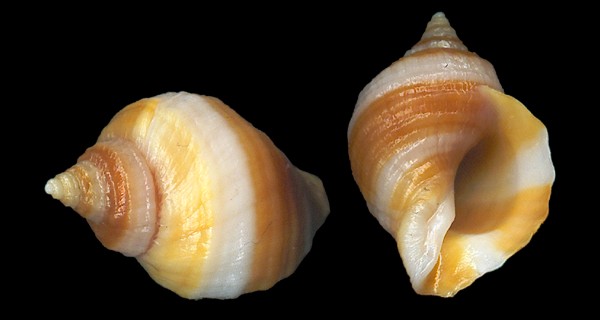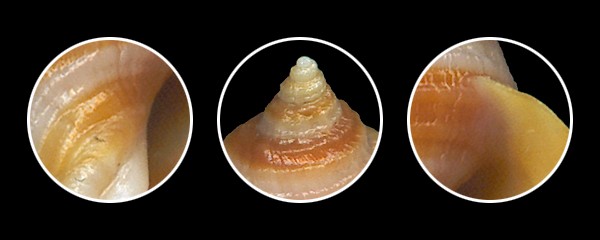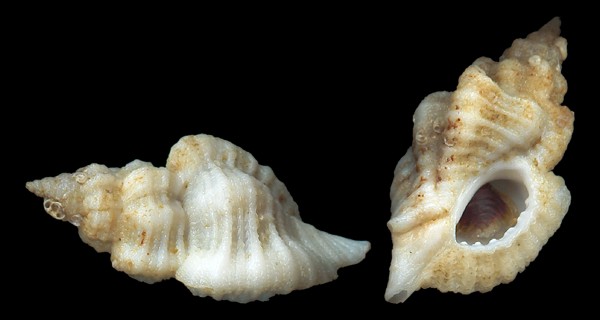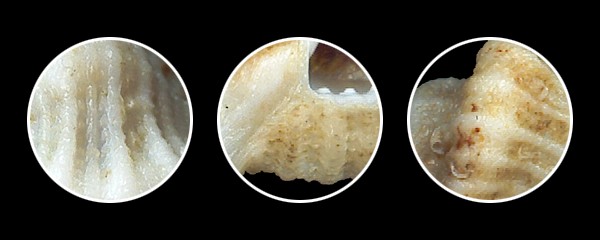Under red algae, on sea-wall along the Petit Bé.
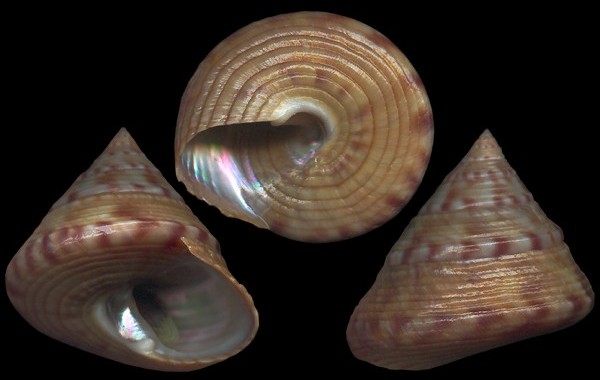
24mm. More brownish than the previous one, this specimen was found hidden under red algae,
on the upper part of the sumerged causeway that runs along the western shore.
This spot is 1m deeper than the one of Callio 1, and is more exposed to waves.
on the upper part of the sumerged causeway that runs along the western shore.
This spot is 1m deeper than the one of Callio 1, and is more exposed to waves.
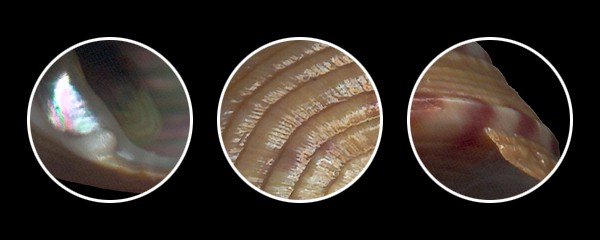
Despite the fact that this area is often under storms, the scars remain rare on the Callios that live here.
A correlation has been established between scars and crab attacks; as this spot is crab-free
(crabs love stones and hate exposed surfaces), the only remaining danger is the human trampling.
We are lucky: people hate slipping on algae, and avoid them. Life is nice!
A correlation has been established between scars and crab attacks; as this spot is crab-free
(crabs love stones and hate exposed surfaces), the only remaining danger is the human trampling.
We are lucky: people hate slipping on algae, and avoid them. Life is nice!
